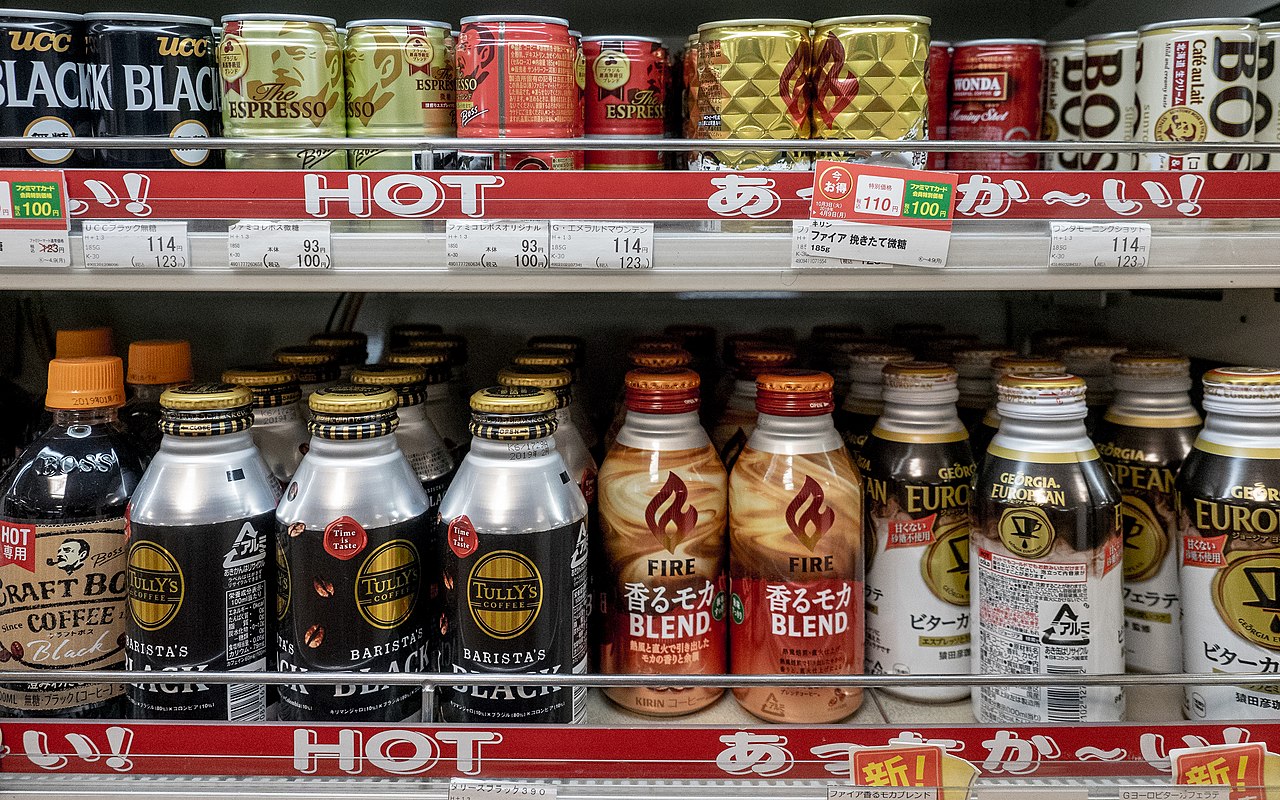I understand cone top cans were popular among breweries in the 1930’s and 40’s but disappeared from the scene by the 1960’s. Does anyone know why they stopped manufacturing and marketing cone top beer cans?
Almost certainly the cost of manufacturing relative to other styles then becoming available.
That style being the pull tab. It also encourages one to drink the entire can instead of resealing the cone top, which tends to lead to more beer sales.
cone-top cans with crimped-on caps existed - meaning cone-top cans didn’t have to be resealable.
Packing efficiency of a flat top can is also greater.
Lack of stackability probably was a factor.
Wow didn’t know that. But at $800/can I can see why they didn’t last ;):smack:
First canned soda I remember was Super Cola in cone top cans. Early '50s.
I remember seeing a similar design for beer in the 80’s in Japan. Later they replaced the bottle cap with a twist-off.
The basic shape is still popular in Japan as seen here:
That would be my guess as to the reason. Also, the cone top probably requires more material than the flat top.
According to wikipedia, they were a sort of hybrid between flat-top cans and bottles that allowed them to be filled on bottling equipment, instead of requiring the brewery to invest in all-new canning equipment.
Pull tabs came out long after cone tops became uncommon. From the 1950’s, well into the 60s you needed a can-opener, which punched a triangular hole in the top. The non-tabbed cans persisted in cheap beer and store-brand soda well into the 70’s, and Foster’s into the 80’s. Most bottle openers still have one end as such, but only really used for maybe broth or evaporated milk tins these days.
I once read an article about the development of the modern aluminum can and it was fascinating. As mentioned above, it was all about reducing the manufacturing cost, with a strong emphasis on minimizing the amount of aluminum. For example the tapered top is to reduce the size of the lid, which has to use thicker aluminum to support the stress of the “stay tab”. The concave bottom prevents a convex bulge under pressure that would cause the can to tip over. It is fantastic example of engineering design that we all take for granted.
Not to mention making the can look like it contains more than it really does, “enhancing the consumer experience.”
That was fascinating, and bizarrely relaxing.
Pretty much every video he does is wonderful.
I believe the article I was referring to appeared in the American Heritage Magazine of Invention and Technology, to which I subscribed. I can’t find the article with all the pictures showing evolution of beer cans, but I think this link has the text. The video cited above provides a great description of the current design, but not much about the previous designs and their flaws.
The author makes the point that invention is a continuous process of improving on imperfections, leading to better and better designs over long periods of time.
Form Follows Failure – Invention is an unending succession of imperfections. A case in point: the beer can.
Invention and Technology, Fall 1992.
AKA: Church Key
